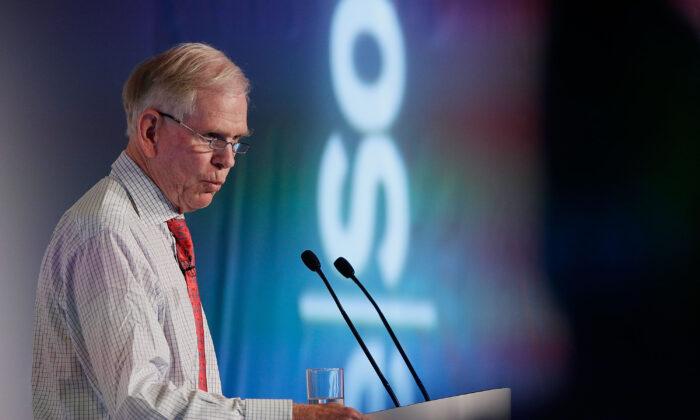ADP on Thursday released its monthly nonfarm payroll report, which indicated a month of underwhelming job creation in May that fell short of expectations but continued a pattern of diminishing returns in the labor market for the past several months.
In its most recent monthly employment report, ADP relayed a net gain of 128,000 nonfarm private employment between April and May, qualifying as the fourth consecutive month in which job creation decelerated.
The modest growth was driven by a rise in large and mid-sized business payrolls but offset by a net loss of small business employment. While large and medium businesses saw growth of 122,000 and 97,000 jobs respectively, these figures were offset by a net loss of 91,000 small business jobs.
The great majority of jobs created were found in the service sector, with goods-producing jobs accounting for only 24,000 of the 128,000 total.
Last year, when job creation slowed, it was often accounted for by new waves of the CCP (Chinese Communist Party) virus, which created momentary roadblocks to full employment recovery. However, the new deceleration in job growth is difficult to attribute to the pandemic: Total cases remain lower than they were last winter, when job growth was higher than present levels; and lockdowns and business closures have virtually vanished as the virus becomes an ambient part of life.
Rather, the new employment figures seem to align with the general slowing down of the U.S. economy, attested to by several months of stock market downturns. This economic slump was widely predicted as a consequence of the Federal Reserve’s increasingly hawkish policy of rate hikes to curb inflation, but the longevity and severity of any economic downturn are uncertain at the current juncture.
Last month, Federal Reserve Chairman Jerome Powell stated that the intention of the Fed was to “get wages down,” as he feared that high wages were resulting in an overly
“There’s a path by which we would be able to have demand moderate in the labor market and have—therefore have vacancies come down without unemployment going up, because vacancies are at such an extraordinarily high level,” said Powell during a press conference in May.
“By moderating demand, we could see vacancies come down, and as a result—and they could come down fairly significantly and I think put supply and demand at least closer together than they are, and that that would give us a chance to have lower—to get inflation—to get wages down and then get inflation down without having to slow the economy and have a recession and have unemployment rise materially,” Powell continued.
While wages have grown significantly since the outbreak of the CCP virus, these gains are undermined by the rate of inflation, which results in lower buying power for workers despite higher pay.
Since the outbreak of the CCP virus, the recovery of lost jobs has occurred with remarkable speed, and unemployment is now nearly as low as it was on the eve of the outbreak. By last April, overall unemployment had reached 3.6 percent—nearly down to the low of 3.5 percent seen in February 2020. However, it appears that unemployment may have reached its floor, as job creation has begun to stagnate in the most recent payroll reports.





